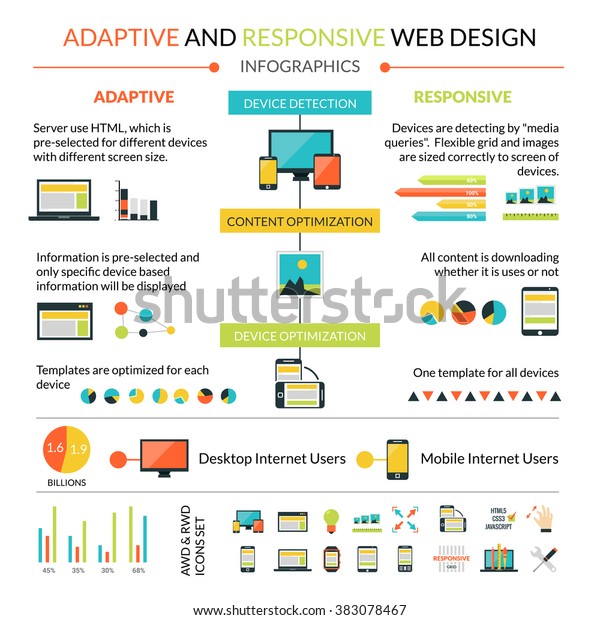Crucial Element Of Website Layout: Approaches For Developing An Easily Accessible Customer Experience
Crucial Element Of Website Layout: Approaches For Developing An Easily Accessible Customer Experience
Blog Article
Article Produced By-McKnight Daugaard
When it comes to internet site style, ensuring user-friendliness is key. From receptive design to streamlined navigation, every component plays a vital role in creating a website that deals with your audience's needs. Yet what regarding the finer details that can make or damage a customer's surfing experience? Keep tuned as we discover some often-overlooked pointers that can raise your web site's use to the following level, making it really attract attention in the digital landscape.
Importance of Responsive Design
Receptive style is a critical facet of contemporary web site advancement. Ensuring your site is receptive ways that it can adapt to various display dimensions and tools, providing a seamless experience for customers.
With the increasing use of mobile phones and tablets to access the net, having a receptive style is crucial for getting to a wider audience. It helps in improving individual experience by making your site very easy to browse and read on any kind of gadget.
Furthermore, receptive layout can favorably affect your search engine rankings, as search engines like Google prioritize mobile-friendly websites. By having a responsive design, you're also future-proofing your internet site, as new gadgets with varying display dimensions remain to arise.
Simplify Navigation Framework
To boost individual experience and promote simple accessibility to details on your website, streamlining the navigating framework is vital. When making your site, concentrate on creating a clear and instinctive navigating food selection that assists visitors locate what they're searching for quickly.
Limitation the variety of menu items to the essentials, organizing relevant pages together to stay clear of overwhelming customers. Use detailed labels that plainly indicate the material of each web page, making it much easier for users to understand where each link will certainly take them.
Consider applying dropdown menus for subcategories to prevent littering the main navigation bar. Additionally, include a search bar prominently on the page for individuals who prefer looking for specific details.
Prioritize mobile responsiveness in your navigation design to ensure easy gain access to on all tools.
Enhance Web Page Load Speed
Improving page lots speed is important for maintaining site visitors on your internet site. Slow-loading pages irritate individuals and can result in high bounce rates. To optimize web page load speed, start by optimizing images. top seo specialist without compromising top quality to decrease their data sizes.
In addition, enable browser caching to save often accessed resources in your area, quickening load times for returning site visitors. Minify CSS, JavaScript, and HTML documents by eliminating unneeded characters, comments, and formatting, improving tons speed.
Think about using a web content delivery network (CDN) to disperse your web site's material throughout several web servers worldwide, decreasing latency for customers accessing your website from different places. Last but not least, limit making use of third-party manuscripts and plugins, as they can significantly influence tons times.
Conclusion
To conclude, by integrating receptive design, simplifying navigating, and enhancing page tons speed, you can create an user-friendly website that interest a larger audience and enhances user experience. These essential elements make certain that visitors can easily gain access to and navigate your site throughout various gadgets, leading to boosted involvement and satisfaction. By concentrating on these vital aspects, you can develop a successful site that maintains users returning for more.
